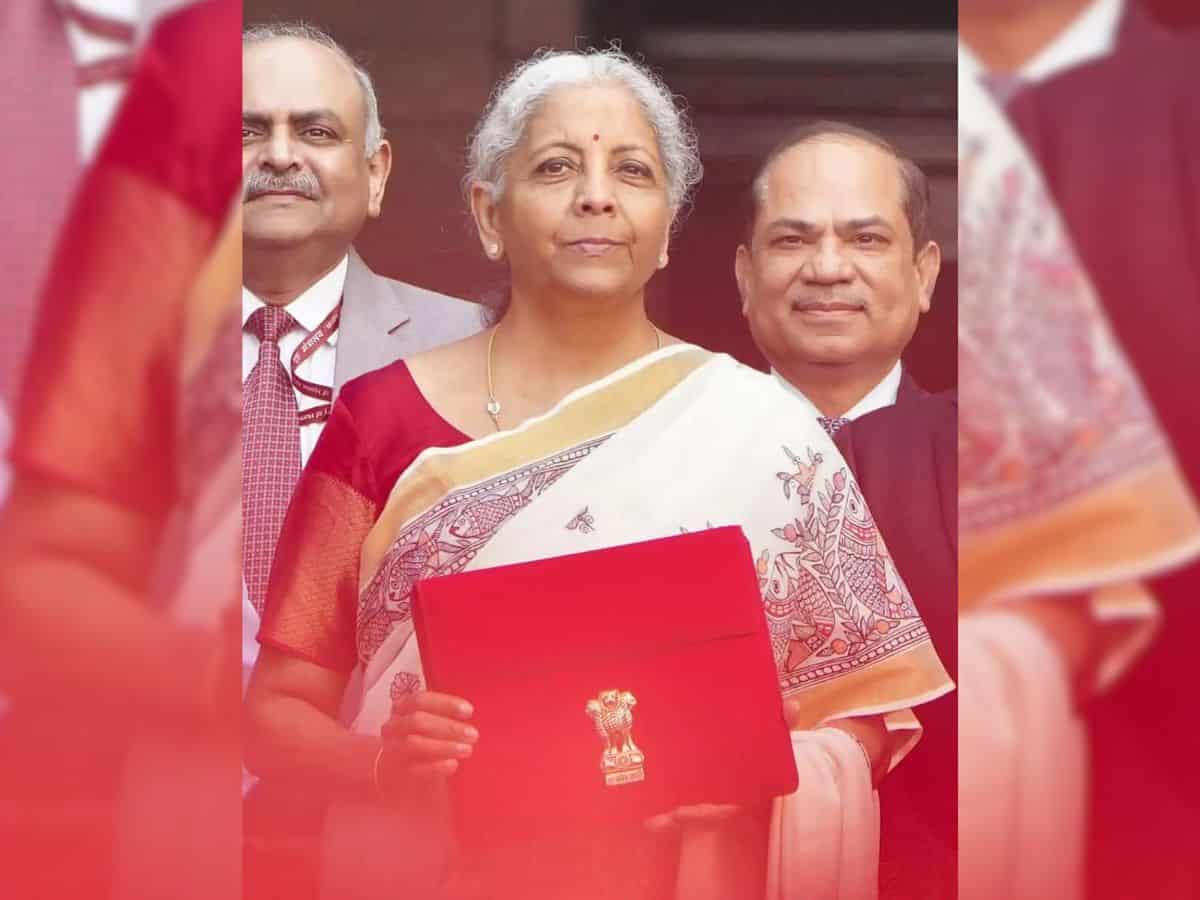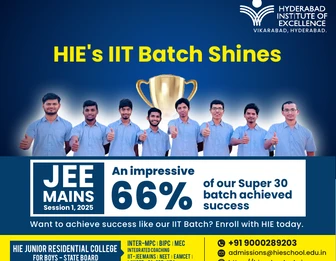
By Anandini Gupta and Moumita Barman
The Union Budget 2025–26 has renewed the emphasis on addressing employment-related challenges, particularly for workers in the informal sector. With youth unemployment at 10.2% and the unemployment rate among graduates at 13%, as per the Periodic Labour Force Survey (PLFS) report of September 2024, millions remain without stable means of livelihood. This article examines employment challenges, assesses recent budgetary measures, and explores the extent to which government initiatives provide meaningful relief to vulnerable workers.
The broader employment landscape in India remains concerning, with rising joblessness across sectors. Data from the Centre for Monitoring Indian Economy (CMIE) indicates that India’s overall unemployment rate surged from 7.0% in May 2024 to 9.2% in June 2024—placing the country among the top three G20 nations with the highest unemployment. These figures are particularly alarming for India’s vast informal sector, which remains the backbone of the economy. According to the Economic Survey 2021–22, approximately 43.99 crore people were engaged in unorganised work in 2019–20. Small and medium enterprises, household-based businesses, and partnerships contribute nearly half of India’s economic output and employ over three-fourths of its workforce. However, this sector has faced challenges over the past seven years. Data from the Annual Survey of Unincorporated Enterprises (ASUSE) for 2021-22 and 2022-23 reveals that 16.45 lakh jobs have been lost due to the closure of numerous small enterprises.
The September 2024 report of the National Sample Survey Office (NSSO) shed light on the broader economic shocks that have worsened employment insecurity in recent years: demonetisation (2016), the rollout of the Goods and Services Tax (2017), and the COVID-19 pandemic. These disruptions have significantly weakened the employment landscape, disproportionately affecting vulnerable groups such as street vendors, gig workers, and marginalised entrepreneurs.
Several measures proposed
Recognising these challenges, the government has proposed several measures in the 2025–26 Union Budget to support these groups. The revamping of the PM SVANidhi scheme aims to provide greater financial assistance to street vendors, acknowledging their crucial role in urban economies. Additionally, the introduction of UPI-linked credit cards for street vendors is expected to facilitate better access to formal credit and financial inclusion. The Budget also takes a step towards addressing the lack of social security for gig workers by including them under the Ayushman Bharat health insurance scheme. While this is a positive development, concerns remain regarding the scheme’s enrolment process and coverage limitations.
The revamping of the PM SVANidhi scheme signals a recognition of the economic vulnerabilities faced by street vendors. Launched in June 2020 as part of the Atmanirbhar Bharat initiative, the scheme aimed to provide working capital for vendors recovering from post-pandemic economic shocks. However, a 2021 review by the Standing Committee on Housing and Urban Affairs highlighted ongoing issues that hinder its effectiveness. The report pointed out discrepancies in vendor registration, with some states issuing more Letters of Recommendation (LoRs) than Certificates of Vending (CoVs), creating confusion and restricting access to financial support. Furthermore, low loan sanction and disbursal rates, delays in processing, and banks’ heavy reliance on Credit Information Bureau (CIBIL) scores were identified as major barriers preventing vendors from securing loans.
Gig workers
Additionally, the Union Budget placed a strong emphasis on gig workers, recognising them as a vital and growing segment of India’s workforce. According to NITI Aayog’s India’s Booming Gig and Platform Economy report, their numbers are projected to exceed 1 crore by 2025 and reach 2.35 crores by 2029–30. Formal recognition within government welfare schemes is essential to ensuring gig workers’ access to social security and healthcare benefits. The Union Budget 2025–26 proposes measures such as issuing social identity cards, registering gig workers on the e-Shram portal, and extending eligibility for the PM Jan Arogya Yojana (PM-JAY).
The e-Shram portal, a national database for India’s unorganised workforce, will now provide gig workers with identity cards, facilitating access to government schemes. However, mere registration does not guarantee inclusion. The dynamic nature of gig work—irregular working hours, multiple employers, and informal contracts—makes it difficult to categorise workers under existing labour definitions. Challenges such as a lack of transparency in hiring, fluctuating incomes, and unclear employer responsibilities further complicate their access to benefits. Innovative policies, including real-time data sharing between gig employers, government agencies, and financial institutions, are necessary to track earnings and determine eligibility for welfare programmes.
Financial cushion
Furthermore, the inclusion of gig workers in the PM-JAY scheme, providing health insurance coverage of up to Rs 5 lakhs per family annually, offers a potential financial cushion for this vulnerable workforce. However, it does not address wage loss during illness or recovery, nor does it prevent companies from bypassing their responsibilities towards contractual workers. Ensuring fair wages, job security and broader labour protection remains essential for the true inclusion of gig workers in India’s social security framework.
Building upon the foundation of the Stand-Up India initiative, the Budget proposes loans of up to Rs. 2 crore for 5 lakh women and members of marginalised communities. This is accompanied by online training programmes aimed at fostering entrepreneurial spirit, complementing existing schemes like the Mudra Yojana, Udyam Shakti Portal, and PM SVANidhi. This multi-pronged approach, implemented in collaboration with state governments, underscores the government’s commitment to empowering the economic inclusion of marginalised communities.
Unclear measures
However, the budget allocation and expenditure responsibilities between ministries and states remain unclear. Critically, the reliance on online training raises concerns, given the prevalence of digital illiteracy and limited access to reliable digital infrastructure in many rural areas. These factors could significantly hinder the effectiveness of these initiatives in reaching the intended beneficiaries.
The fact that approximately 90% of female entrepreneurs in India remain outside the formal financial system, coupled with the disproportionate impact of the 2020 lockdown on female-led enterprises (IFC, 2022), highlights the persistent challenges these women face in accessing financial resources and support. While these financing and mentorship programmes represent positive strides, the lack of increased budget allocations to relevant ministries and the historically low utilisation of allocated funds raises questions about the government’s overall commitment to addressing the systemic disadvantages faced by marginalised communities.
The Union Budget 2025–26 introduces important interventions to tackle employment challenges, particularly for informal workers, gig economy participants, and marginalised entrepreneurs. However, the success of these measures hinges on effective implementation, transparent allocation of resources, and streamlined access to financial and social security benefits. Addressing unemployment requires structural reforms beyond budgetary provisions—enhancing labour protection, ensuring employer accountability, and fostering sustainable job creation. Without addressing these foundational issues, India’s workforce will continue to struggle with precarious employment. The government must adopt a long-term vision that integrates policy coherence, social security expansion, and economic inclusion to foster equitable employment growth.
Anandini Gupta, an intern at CDPP, has experience in finance and communications and a Bachelor’s degree from the University of Waterloo. Her interests include development economics and gender. Moumita, a Research Associate at CDPP, holds a Master’s degree from TISS, focusing on gender, social conflict, caste, religion, education, and rural livelihoods in India.




